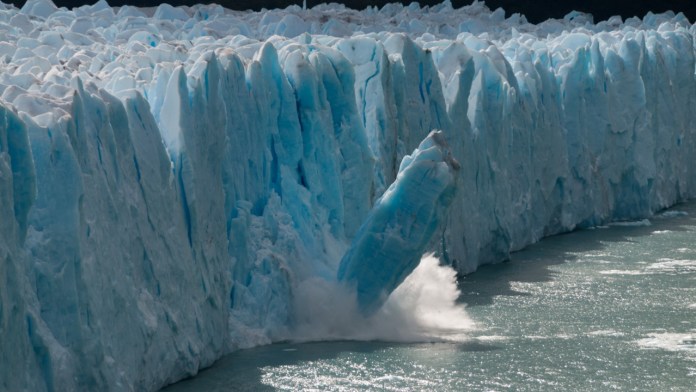The United Nations’ Intergovernmental Panel on Climate Change (IPCC) has just published the first part of the much-awaited sixth assessment report (AR6).
Much like its earlier published reports, the AR6 too is set to form the cornerstone of climate science for the years to come.
About the report:
Since the foundation of the Intergovernmental Panel on Climate Change (IPCC) in 1988, it has published five sets of “assessment reports.” Each one of them lays out the rapidly accumulating evidence of a changing climate system in a comprehensive and consistent manner.
Prior to the latest report, the fifth assessment report (AR5)– was published in 2013-14. In October 2015, the IPCC elected South Korean economist Prof Hoesung Lee as its new chair, who led the organization into its sixth assessment report.
Key findings of the report:
The 6th assessment report of the IPCC was summarized on the “physical science basis” for climate change, compiling the findings of more than 14,000 peer-reviewed studies.
The key findings and conclusion of the coveted report however show trends of not merely a grim future, but, a ‘code red’ warning for humanity with global temperatures likely to rise 1.5°C in 20 years.
It was unanimously concluded that humans are primarily responsible for the “unequivocal” warming of the planet and for causing “widespread & rapid” changes to Earth’s oceans, ice, and land surface.
The report further warned that the present state of changes in the climate system is “unprecedented” and “irreversible” and thus cannot be ruled out.
Saleemul Huq, director of Dhaka-based environmental think tank ICCCAD, said the IPCC report was the final warning that the bubble of empty promises is about to burst. “It’s suicidal and economically irrational to keep procrastinating.”
What it means for India?:
India welcomes IPCC working group 1 contribution to the 6th assessment report. The Union Minister of Environment, Forest & Climate Change Bhupendra Yadav called the report a clarion call for the developed countries to undertake immediate & deep emission cuts and decarbonization of their economies.
Further, a key message for India in the report is that the country should expect heatwaves and continuation of melting of Himalayan glaciers and massively heavy rainfalls towards the end of the century.
India is also hailed as the world’s third-biggest emitter of greenhouse gases, however, its emissions per head are low owing to its large population of 1.3 billion.
Indian initiatives to combat climate change:
India has made outstanding efforts in combatting the global effects of climate change at multiple levels.
India’s International Solar Alliance, the coalition for Disaster Resilient Infrastructure, the government’s big push to electric vehicles, an ambitious domestic RE target of 450 GW by 2030, and the National Hydrogen Mission have contributed immensely in keeping a check on India’s contribution to climate change.
Clarion call for developed nations:
The Union Minister for Environment, Forest & Climate Change Bhupendra Yadav said, “Developed countries have usurped far more than their fair share of the global carbon budget. Thus, reaching net-zero alone is not enough.”
The Environment Minister further elucidates that contrary to the developed countries, India’s cumulative & per capita current emissions are significantly low and far less than its fair share of the global carbon budget.
Way forward:
To avert a grim future, the report suggested ways to bring back the warming to current levels in the decades to come.
This can be done through “negative emissions” by sucking more carbon dioxide out of the atmosphere than is added as per the IPCC report.


Comment here